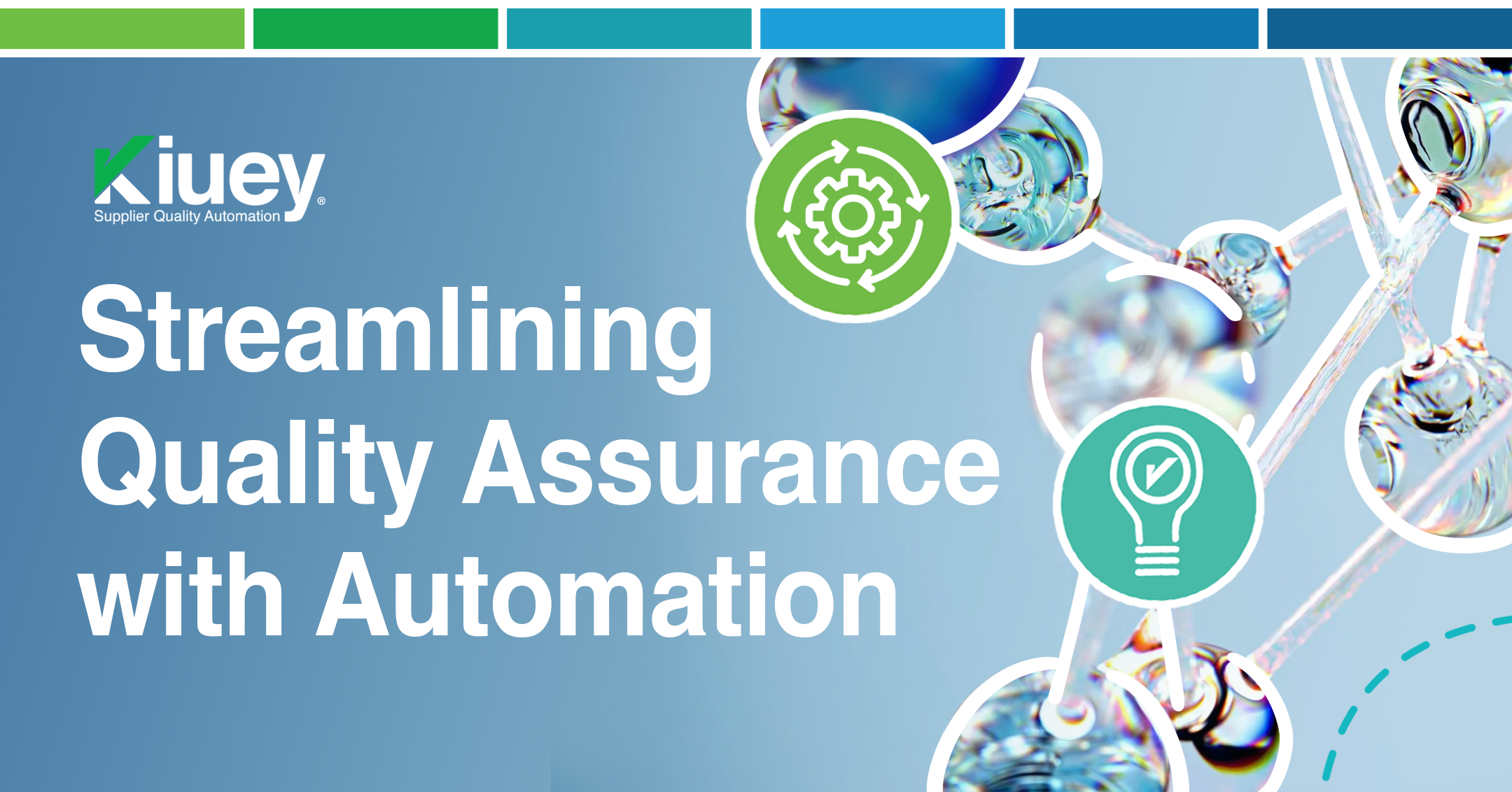
Supplier quality audits are a critical component of ensuring product quality and compliance. However, traditional audit processes can be time-consuming, labor-intensive, and prone to human error. Automation, powered by technologies like robotic process automation (RPA) and artificial intelligence (AI), can significantly streamline and improve the efficiency of supplier quality audits.
How Automation Can Enhance Supplier Quality Audits
Automation can be applied to various aspects of supplier quality audits, including:
- Document Review: AI-powered tools can analyze large volumes of documents, such as quality manuals, procedures, and test reports, to identify potential non-conformities.
- Data Collection and Analysis: RPA can automate the collection of data from various sources, such as supplier portals and ERP systems, and analyze it to identify trends and patterns.
- Audit Planning and Scheduling: AI can optimize audit schedules based on risk factors, supplier performance, and resource availability.
- Remote Auditing: Remote auditing tools, powered by video conferencing and screen sharing, can reduce travel costs and time.
- Report Generation: Automated report generation can significantly reduce the time and effort required to document audit findings and recommendations.
Benefits of automating Quality Assurance
- Increased Efficiency: Automation can significantly reduce the time and effort required to conduct audits.
- Improved Accuracy: By eliminating human error, automation can improve the accuracy of audit findings.
- Enhanced Consistency: Automated audits can ensure consistent application of audit standards and procedures.
- Reduced Costs: Automation can reduce travel costs, labor costs, and other expenses associated with traditional audits.
- Faster Decision-Making: Automated data analysis can provide real-time insights, enabling faster decision-making.
Implementing Automated Supplier Quality Audits
To effectively implement automated supplier quality audits, organizations should consider the following steps:
- Identify Automation Opportunities: Identify the specific tasks and processes that can be automated.
- Select Appropriate Tools: Choose the right automation tools to meet specific needs.
- Data Integration: Ensure seamless integration of data from various sources.
- Process Mapping and Design: Map out the audit processes and design the automated workflows.
- Pilot and Test: Conduct pilot tests to evaluate the effectiveness of the automation solution.
- Continuous Improvement: Monitor the performance of the automated system and make necessary adjustments to optimize its efficiency.
By embracing automation, organizations can significantly improve the efficiency and effectiveness of their supplier quality audits, enhancing quality assurance, ensuring product quality and compliance while reducing costs and minimizing risks.
Subscribe to our newsletter.
Your go-to destination for insights, best practices, and innovative solutions in supplier quality assurance.
Recent Posts
Creating an effective supplier audit checklist for better compliance
November 27, 2025
Improve vendor oversight & reduce risks with automated audits
November 19, 2025
How to solve missed deadlines due to late approval in PPAP
November 13, 2025
Categories
Let's talk to see how PPAP Manager can help your company to save time and money.




